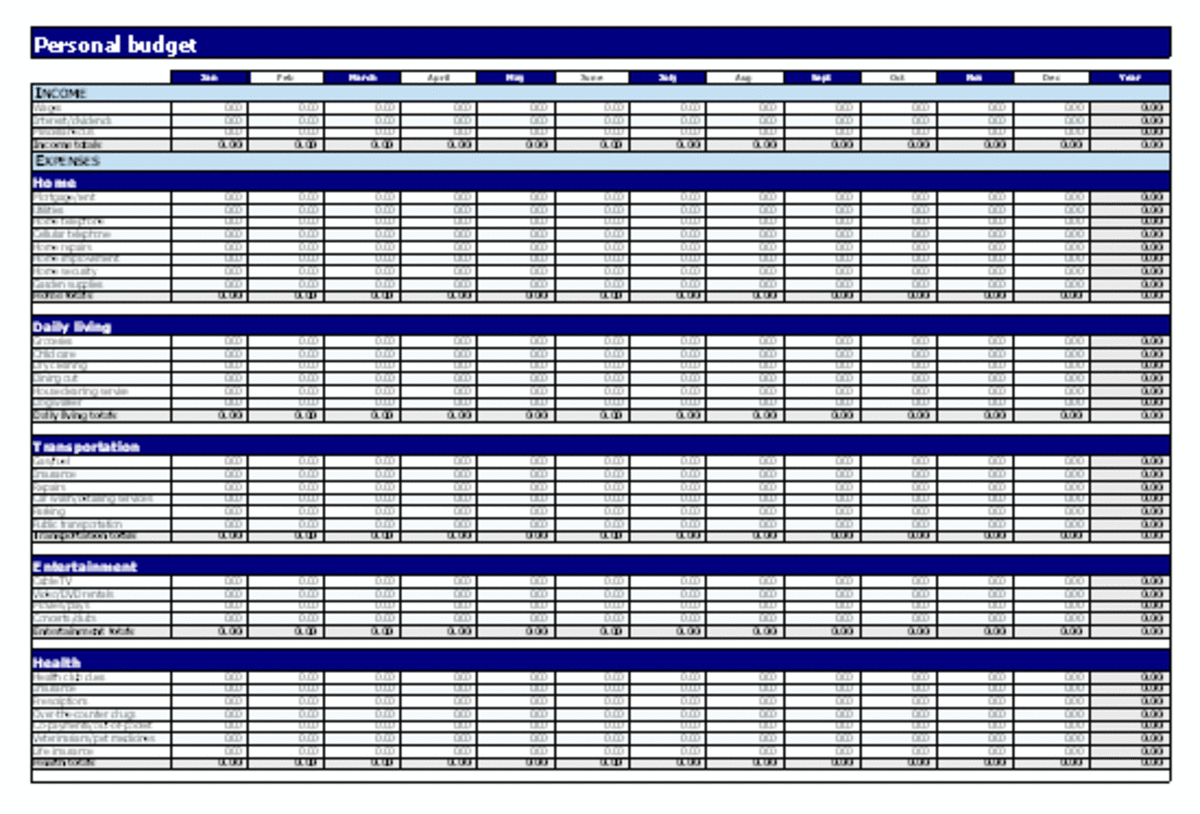Earnings per Share - Interpreting EPS

The probably one of the easiest methods among all that are being used to assess the value a company's stocks is the Earnings Per Share, or as it usually is called, the EPS method. The phrase “earnings” in finance is referred to net profit, that is, after tax profit. Earnings Per Share equals simply to the total net profit (earnings) divided by the total number of shares. What EPS means is how much net profit one share of the company is producing. Obviously the higher this ratio is, the better, because the value of the share will increase. When the company publishes what proportion of its profits will be paid out as dividend to the stockholders, then the higher the EPS is the better, since than more dividends will be received after each shares owned.
Another implication of the Earnings per Share ratio is that it tells investors in what stock their investmented money should go, as EPS tells how much each dollar invested earns (this is true if we only consider the EPSs of the different company's stocks).
Lets say that Company X in its full fiscal year earned profits of $100 million. It had 10 million common shares listed on the New York Stock Exchange (NYSE), than the EPS of the company would be:
EPS= Profits/listed shares=100mill/10million=10
So the EPS of the Company X for its fiscal year is 10.
Types of EPS
There are many types of EPSs that investors could use. The next section of our discourse is about these different types of EPS.
However, before moving on, to the description of what shares outstanding are, we first have to define the phrase. Shares outstanding are simply shares issued, and traded on the secondary market, that is the stock exchanges. Shares outstanding can be classified in two ways; primary shares, or primary EPS, and diluted shares, or diluted EPS.
Primary and Diluted EPS
Primary EPS is simply all the shares that are issued, and can currently be traded with on stock exchanges. Diluted EPS, on the other hand is a much more complex mathematical method. It includes all shares, options, and warrants that are converted into shares at one point of time, usually at the end each quarter. There are many types of options, which simply give additional or differentiated rights of the holders of the shares. Warrants are types of options that the holder can exercise, after a pre-set amount of time, which usually is five to ten years, use. Usually diluted EPS is preferred to primary shares by the investors, because as the price of the shares change, the number of the diluted shares can change also. This is so, because, for instance, at high prices options and warrants can be exercised at the predefined low prices. For example, if the prices of Company X’s shares are sky-rocketing, the CEO may decide to call his, say, 10 % of the company’s shares option, that is, he obtains the actual ownership of those shares, since he utilised his right of purchase. The number, however, usually is constant. During reporting, companies tend to report both the diluted-, and the primary shares, although there are instances when they do not report in such a manner. In these cases the investor and the investigator of the report has to be extremely careful to note and take this fact into consideration. This usually happens, when the company does not have any warrants or options, or any type of convertible financial assets issued.
Earnings
As it could be seen, the value of EPS can be greatly influenced by the decisions and practices of the company being observed. In reality, it can happen, that what is reported in the financial statements and what is announced in the media are quite different. It could artificially reduce the value or the EPS which also reduces the P/E ratio (described here); this in turn makes the price of the stock look too high.
Pro Forma EPS
Pro forma type of EPS, differing from the reported type of EPS, usually exclude the expenses and incomes incurred by the company due to the sell of the subsidiary or other single, non-conventional, and nonrecurring incomes and costs. The reason behind this is by doing so, the different entries that are comparable to each other can thus remain comparable over an extended period of time.
Another example of a pro forma type of company EPS is a company that chooses not to include some of its expenses, because its management may feel that the expenses are nonrecurring and does not represent the company’s earnings coming from its traditional operations. These expenses, however, seem to be more and more the norm recently among the repoting companies. This trend is suspected to be so prevailent so that managers thus cha manipulate the EPS of their company.
Some investors and advisors do not recommend the use of pro forma EPS as it my make the results of a company look better than they actually are. For instance, in 2002 General Motors Inc. announced that it had earnings of $3.9 billion, and a revenue of a record high $177.3 billion, “excluding Hughes and special items”. Published accounts, however, showed that GM achieved $1.7 billion in profits and revenues of $186.8 billion. Another reason for the opposition towards this type of EPS is that a recent study showed that companies using this type of EPS to have less future cash flows. (Financial Management, 2005, p.29).
Reported EPS
There are many strict laws, and regulations about how to report the earnings of a company in its financial statements, however there are ways to distort the results, sometimes even when it actually is only unintentional. For instance, sometimes, the sale of a subsidiary company can be, deceivingly, considered a corporate income, but a one-time machinery purchase can be excluded as direct costs in the financial statements. The importance of this is that when investors observe the company statements, it should be very careful in how to interpret them. However, due to different measuring standards, companies can easily distort the reported earnings per shares, by simply applying those measurements that fits the purposes of the company, just as Enron has done this for years. (Henderson, 2005, p. 28-29).
Ongoing EPS
This type of EPS is calculated using only the operational, and excluding one-time, exceptionary, incomes, or costs. The purpose of ongoing EPS is to be able to compare and contrast past accounting statements and trying to forecast the future earning of the company. This method of EPS calculation is also called "pro forma" EPS.
Headline EPS
The headline type of EPS is the one that usually appears in the media and is mentioned. This can either be a pro forma EPS, excluding the nonrecurring expenses and incomes, or can be calculated from the reported earnings of the company, but it is usually not indicated which type is being used in the media.
Cash EPS
The cash type of EPS is the operating cash flow, not earnings before interest, tax, depreciation, and amortization, or the EBITDA, divided by the diluted shares, which are all shares together with all options and warrants converted to shares, outstanding.
Since this valuation method is more explanatory, it is probably more useful than the previous. The reason behind this is that operating cash flow is much harder to manipulate then the income of the company, because the operating cash flow takes into account the changes in key asset categories such as inventories and receivables.
For instance if Company X has a reported EPS of $0.50 and a cash EPS of $1.00 is preferable to a firm that has a reported EPS of $1.00 and a cash EPS of $0.50. This is so because the cash EPS is higher, which include only the operational type of cash flow changes, whereas the reported EPS, which uses the accounting figures as they can be distorted and one-time expenses and incomes can also be included, which could distort the resulting EPS figure. Although there are many factors that should be considered when valuing these two shares, the company with the higher cash EPS is, financially speaking, can generally be said to be in a sounder shape.
Advantages of Using EPS
As EPS ratio tells how much profit one share produces, it is an excellent method of determining the profitability of the company.
Also, the EPS is easy very easy to grasp and to calculate.
EPS evaluates solely the performance of the company and do not consider stock market prices of the company. The advantage of this is that EPS is not dependent on such factors as market optimism, pessimism or consensus.
Disadvantages of using EPS
Since this ratio tells the current profitability of the company (or its shares rather), It does not tell us anything about the future of the company. For example, when the company sold an asset it held, say one of its buildings, it results in a sudden jump in EPS. Likewise, when the company purchases an asset, for example a production plant, it results in a sudden drop in its EPS.
It is often difficult to determine which type of EPS the company reported, and the financial figures of the company should be dealt with in depth, as otherwise it can be quite misleading.
Conclusion to EPS
There are many types of the Earnings Per Share methods of valuing the outstanding stocks of public companies. When they are observed, care should be taken, and the investor who uses it should make sure that he or she is certain about which type is being used, as the different types can lead to very different conclusions, and should be interpreted differently. There might also be some assumptions that you would exclude when you want to interpret it.









